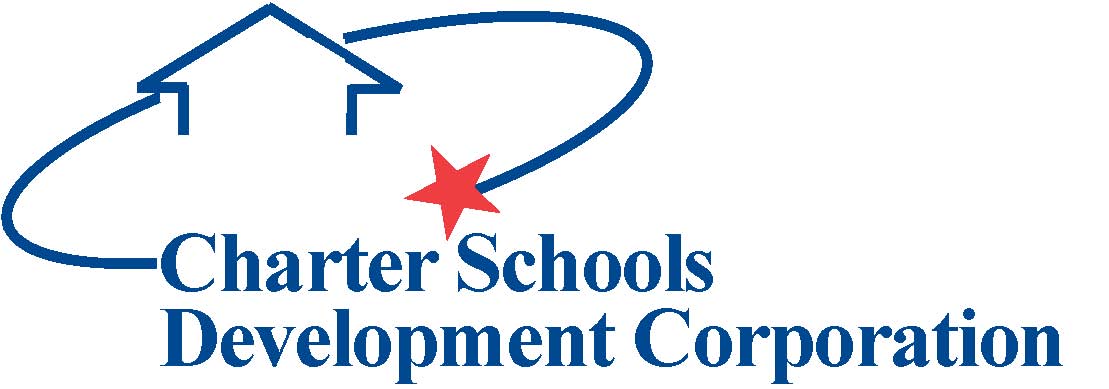As a start-up school leader, you have much to worry about. Facilities may be the last thing on your mind, but they should be at the forefront. Too many school leaders make the mistake of waiting too long to start the facilities planning process. Real estate is not your passion; it is not your expertise. It’s not what drove you to open a school, but it is a very important piece of your program. You’ll find many resources and guides on this website, but here we wanted to lay out some helpful hints and things to keep in mind as you dive in.
- It’s all about your program. Contrary to popular belief, lenders want to hear about your program first and foremost. The success of your school is rooted in your academic performance and the quality of your program. This is what drives enrollment and, ultimately, your revenue and your ability to repay your loan. That’s why lenders like to see start-up schools start in temporary space, save money and, as they prove out their model, look for a permanent space and deal with all the facility challenges. Lenders want to hear about the quality of your program, your school leader, your staff, your board, your plan to educate children, your marketing and recruitment strategy, your enrollment plan, etc.
- For a start-up school, enrollment projections are everything. Lenders will want to track your pre-enrollment very carefully and will ask you for frequent updates. Lenders will perform enrollment sensitivity analyses—you should do the same to understand your minimum enrollment threshold for sustainability. They’ll also want to hear about your hiring efforts. Do not wait until you have a facility identified before you begin to market your school. If you have a target neighborhood, tell families about your plans and potential sites. If you wait until you have identified a building, you may be too late in the enrollment cycle to get caught up to your enrollment projections.
- Manage your expectations. As a start-up, you will likely not have the resources that you want to pump into a facility. Those resources are best dedicated to your program and your kids. Depending on what market you’re in, you may have to operate out of a sub-standard space until you can afford something more permanent. The best thing you can do while you’re in low-cost, temporary space is to build your reserves for your permanent facility, while you also build your enrollment, academic, and operating track record. See the Business Plan and Concept sections of SchoolBuild.
- Fundraise. Fundraise. Fundraise. Try to build a cash reserve early and know that you’ll have to come to any project with some equity. It is a requirement of most lenders. The amount may vary from as low as 5% to as high as 20% depending on a lender’s evaluation of risk.
- Credit enhancement, lease guarantees, partial guarantees. When leasing to a brand new school, landlords may require some sort of third-party security. See the Credit Enhancement section of SchoolBuild for more information.
- Conflicts of interest. Board members should be not be hired for projects. Whoever you hire must be seen as “arm’s-length,” having no potentially influential relationship to decision makers. People who have decision-making authority over money should not hire themselves or anyone related to them.
For schools that choose to lease:
- Start small, in temporary space if possible. If your program grows one grade at a time, find a way to grow into your space and only pay for what you need in the short term. Schools that don’t have an academic track record yet will find it very difficult to access the capital markets for financing. Focusing on a large real estate project in the early years will prove to be a distraction.
- Incubator space. In some areas, incubator spaces exist for charter schools to use as temporary space (Building Hope has created a few in Washington, DC).
- Co-locations. Looking for a school that can sublet unused space while it grows into its facility is a fantastic way to keep expenses low in the beginning. Although you’ll have to work through logistics of how to share common areas, not paying for these spaces upfront on your own will save valuable resources.
- Per-pupil funding. Be aware of the different per-pupil funding streams that, depending on your location, may come to you, and understand how these streams impact the kind of facility you’ll have.
- Leasehold improvements. If the temporary space you find needs improvements to prepare for school, here are some things to think about:
- If you have grant dollars or a cash balance that allows you to pay for leasehold improvements, that will be the easiest and quickest way to get them done. Be sure you have good help on estimating and completing the project, because every dollar counts!
- If you need to finance your improvements, be aware that lenders tend to see these as unsecured loans and don’t like making them. They will look for the financing term (number of years or months) to expire with the lease term. The shorter the lease, the less time you’ll have to repay your loan. Try to get multiple options to renew the lease to stretch out the term. Your goal is to get your monthly cost on this loan to be as low as possible. That may mean asking for a longer amortization period than your loan term.
- Negotiating with the landlord. If you know you’ll have to put money into a space that you don’t own, try to get the rent as low as possible. Budget for a total rent + loan payment in your projections, and make sure that number doesn’t rise above the standard maximum of 20% of your total public revenue. That 20% should also include any other facilities-related expenses.
For schools that choose to own:
- Sunk costs. Try not to get too attached to a property that may not work for you even if you’ve already laid out cash. If you start down one path and start spending money (for example on a deposit or architectural fees), but another opportunity comes up that is less expensive, needs less renovating, works better for your timeline, etc., you’ll want to take into account any sunk costs you’ve incurred, but move on.
- Reasonable project budget—don’t forget about soft costs + contingencies + security deposits + two months rent. Soft costs should be estimated at 20% of the total construction costs. Contingencies of 10% of hard construction costs and 5% of soft costs should be added to the budget as well. These costs tend to be underestimated or missing from project budgets, making for unwanted surprises later in the process. Estimate about $20,000 in early predevelopment costs that you may need to fund before financing comes through. You may also need to account for a deposit or first and last month’s rent when you sign a lease.
- Hire experts. School leaders have a lot to do. Try to appoint a board member, a member of your operations staff, or your back-office provider to take the lead on facilities. Rely on your board expertise. Even if you hire a consultant, someone will need to run point at the school. But bear in mind that volunteer board members should not take the place of hired capacity. Board oversight and capacity is very important, but board members should advise and provide support to the school leadership team. Volunteer board members tend to have full-time jobs; they may not have the time you need from them to dedicate to your project.
- Words of caution. Try to keep your early facility financings as simple as possible. Many schools find the subsidies that come from certain tax credit programs very attractive and spend valuable resources chasing them down. These programs (i.e. New Markets Tax Credit, Historic Tax Credits) are difficult for brand new charter schools to access, and can be very expensive in time and transaction costs. They tend to be oversubscribed, with many operators pursuing them through a small number of consultants. At the end of the day, the additional costs associated with these programs tend to eat away much of the subsidy, especially for smaller projects.
Written by: Reena Abraham
Special thank you: Michelle Liberati and Molly Melloh
Legal Disclaimer:
Nothing in this material should be construed as investment, financial, brokerage, or legal advice. Moreover, the facts and circumstances relating to your particular project may result in material changes in the processes, outcomes, and expenses described herein. Consult with your own professional advisors, including your financial advisors, accountants, and attorneys, before attempting to consummate any transaction described in this material.

